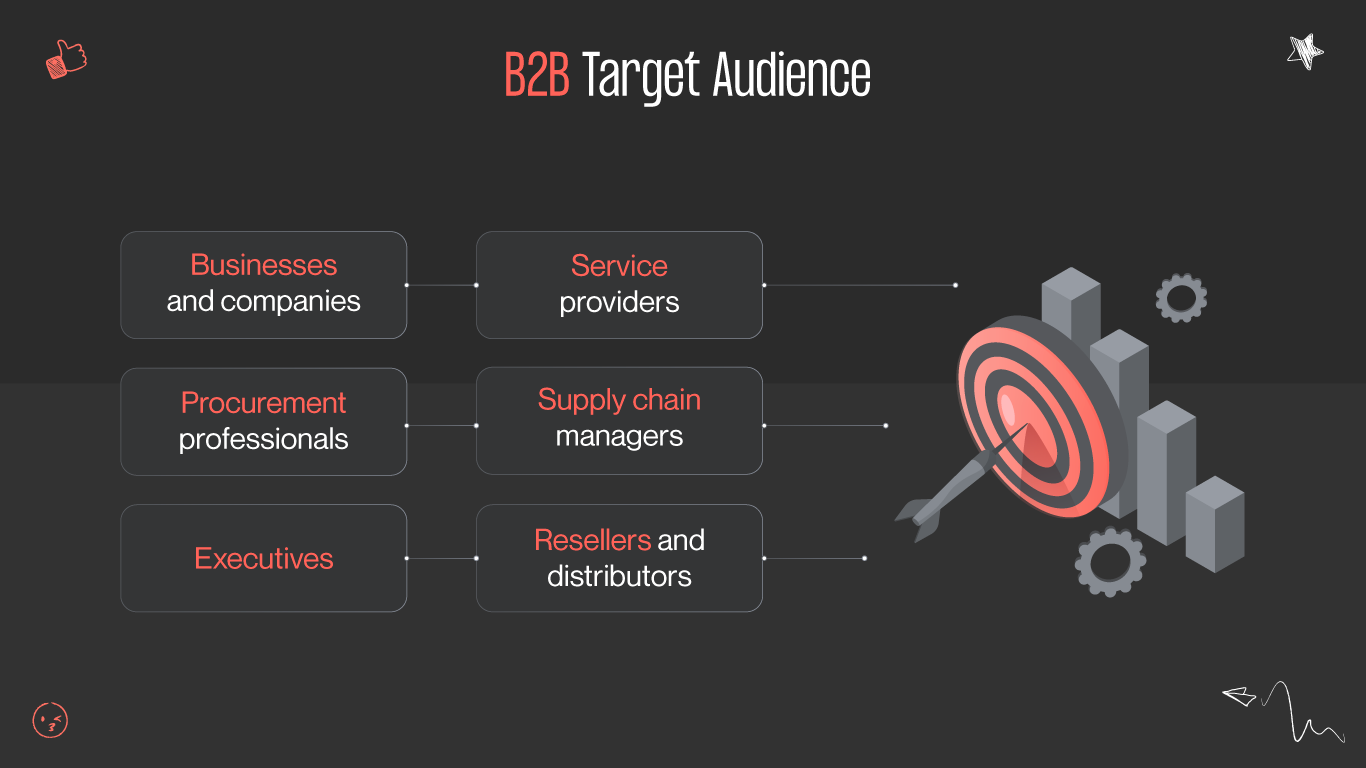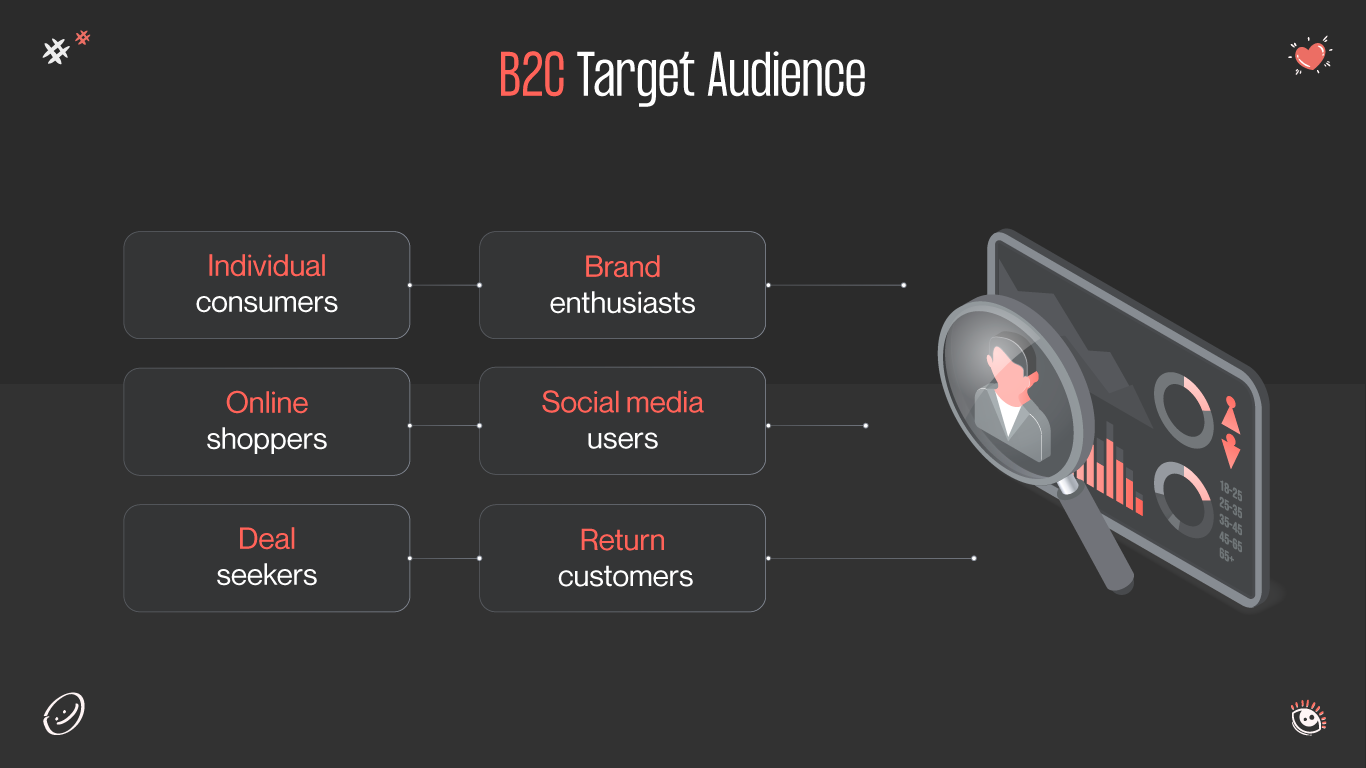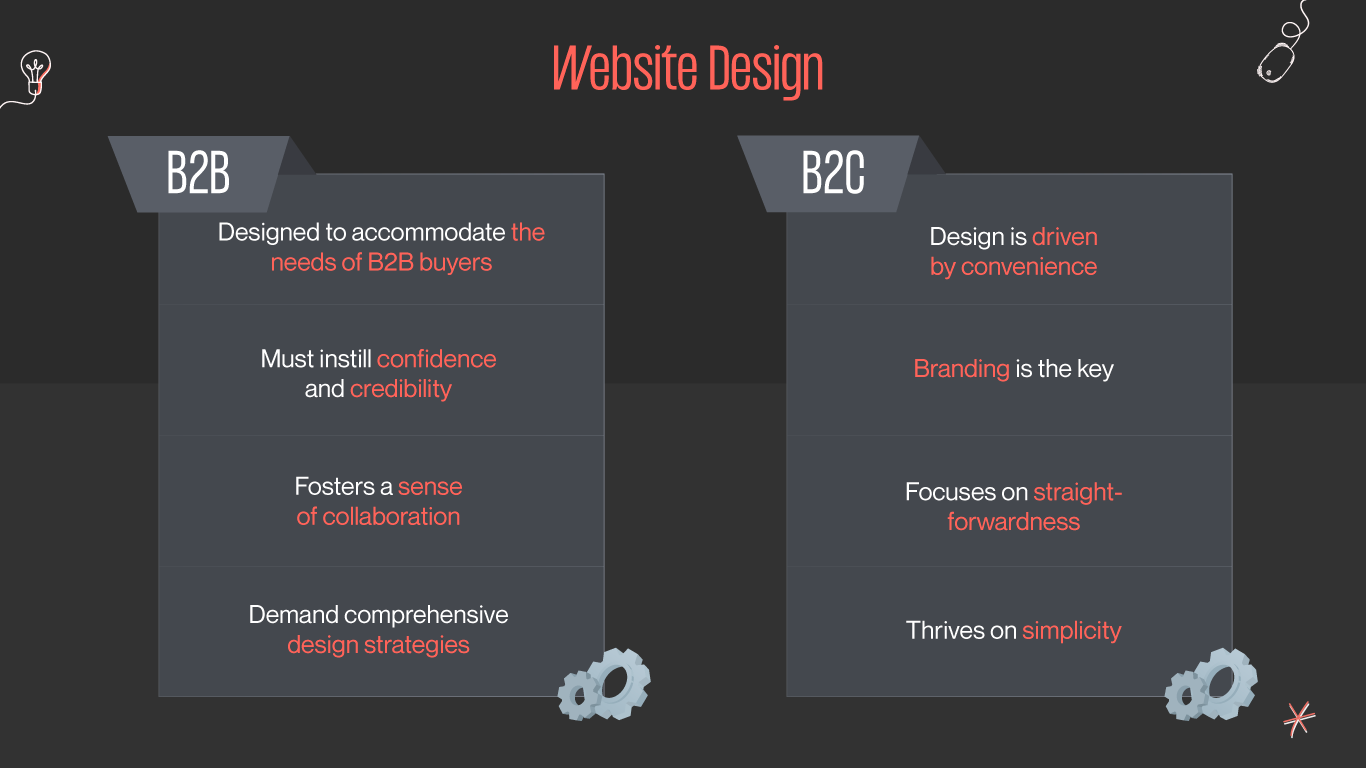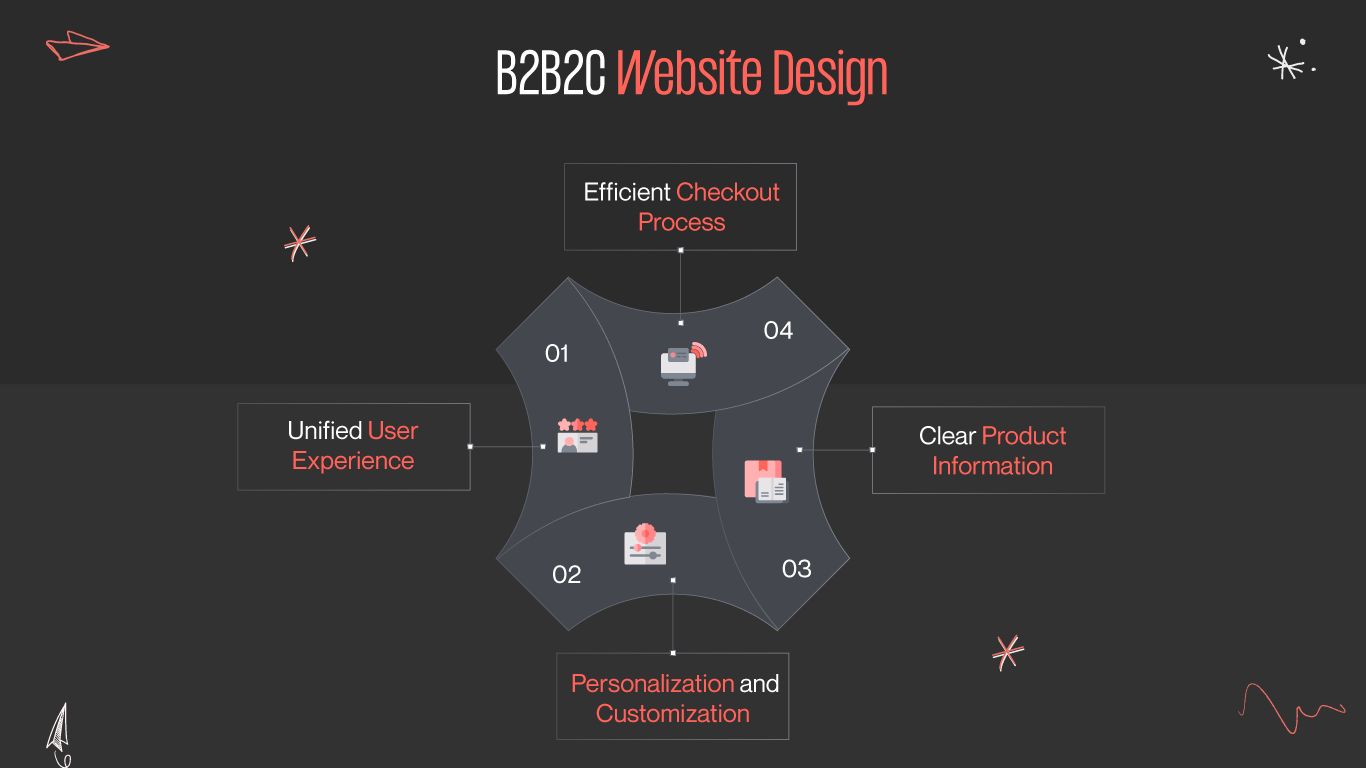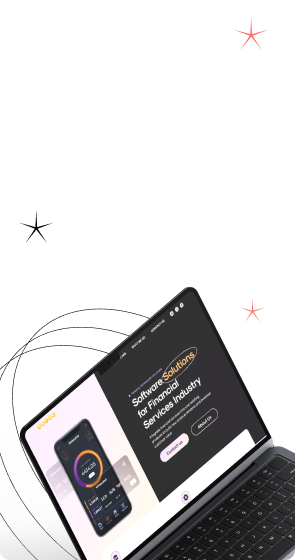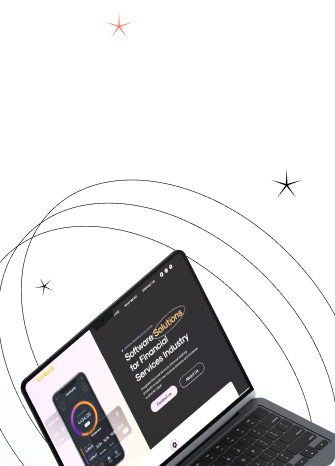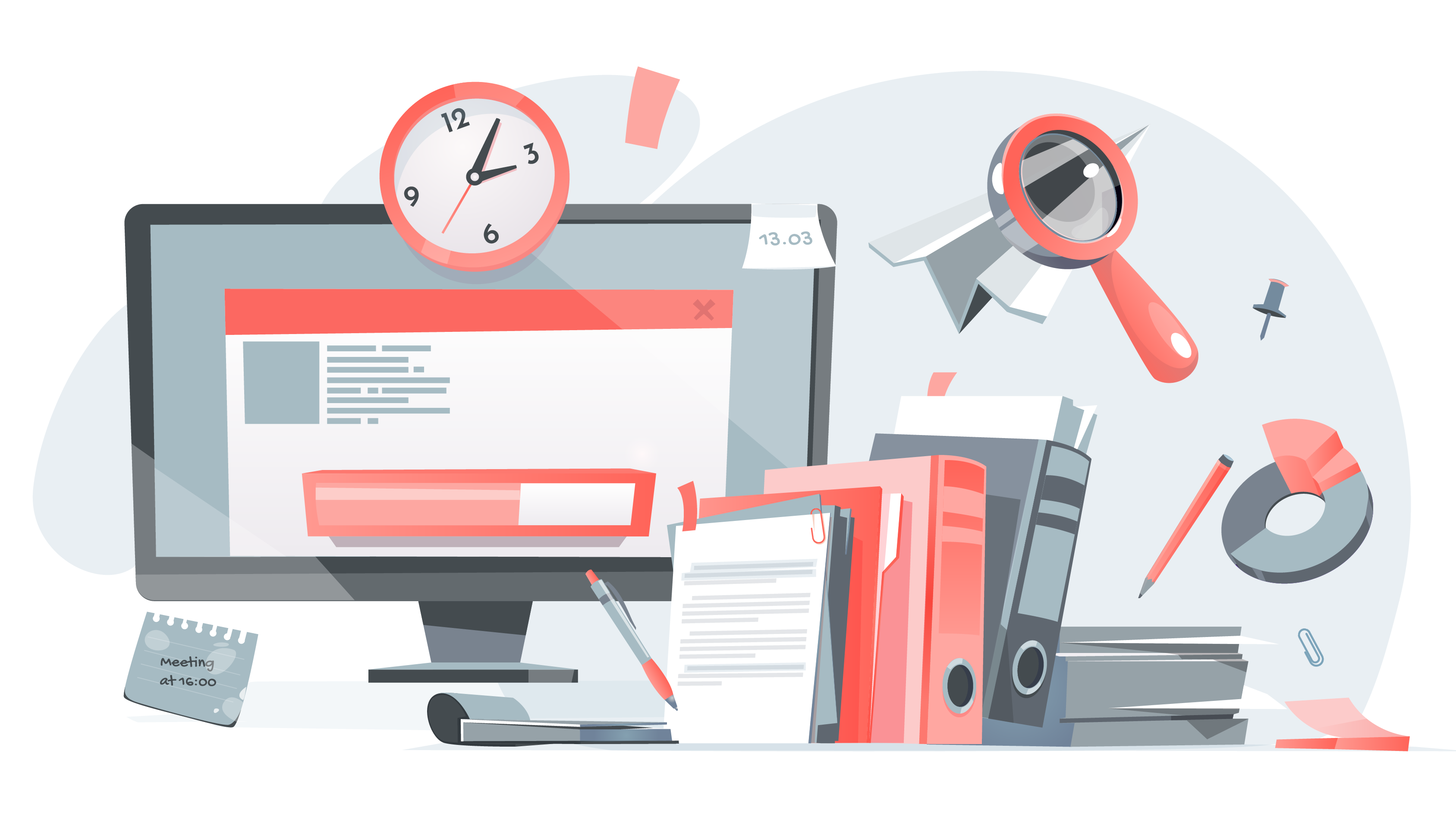Unlocking the potential of your online presence requires a strategic approach to web design that goes beyond aesthetics. In the dynamic digital commerce world, understanding the distinctive demands of B2B and B2C business models is crucial for crafting a website that meets industry standards and resonates with your target audience. From user experience to visual aesthetics, functionality to storytelling, we'll guide you through the complexities of the B2B vs. B2C web design reality.
Gapsy Studio, a pioneering force in digital design and development, stands ready to bridge this divide, leveraging its expertise to craft dynamic and effective website solutions for both B2B and B2C enterprises. Stay tuned!


